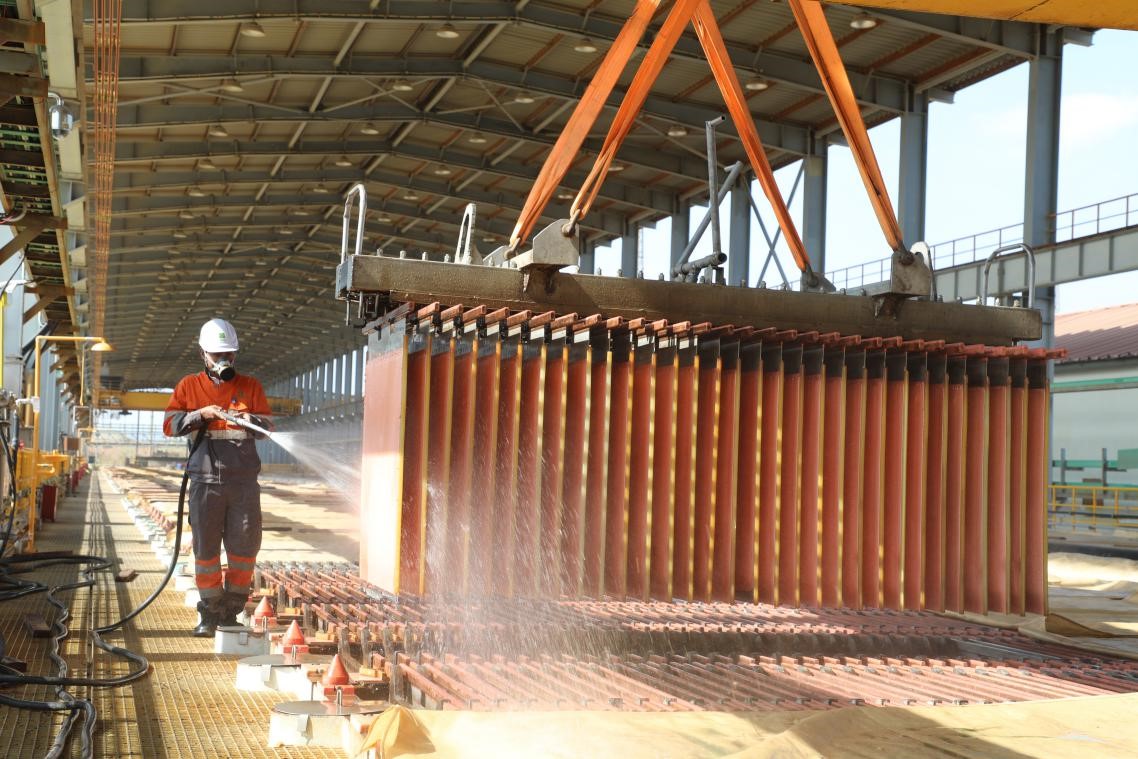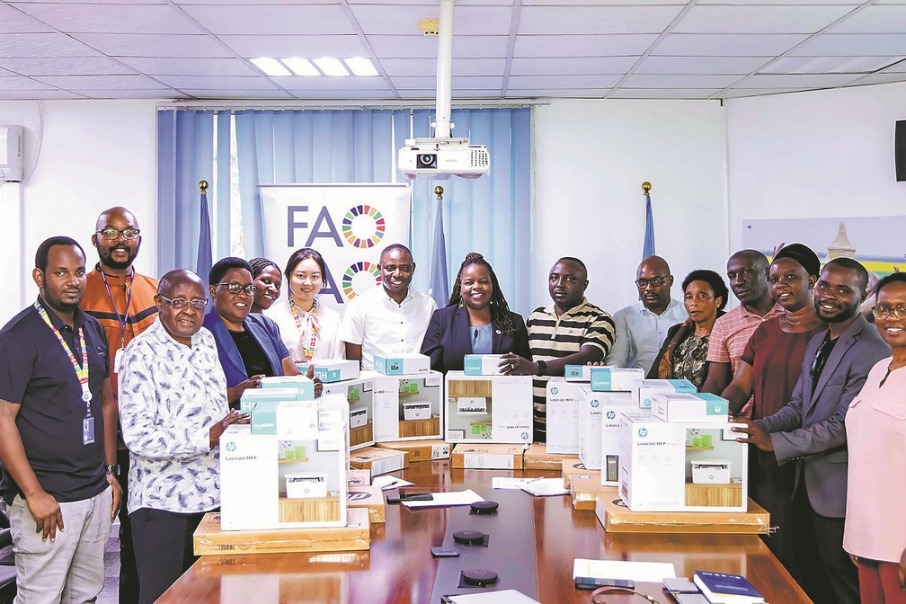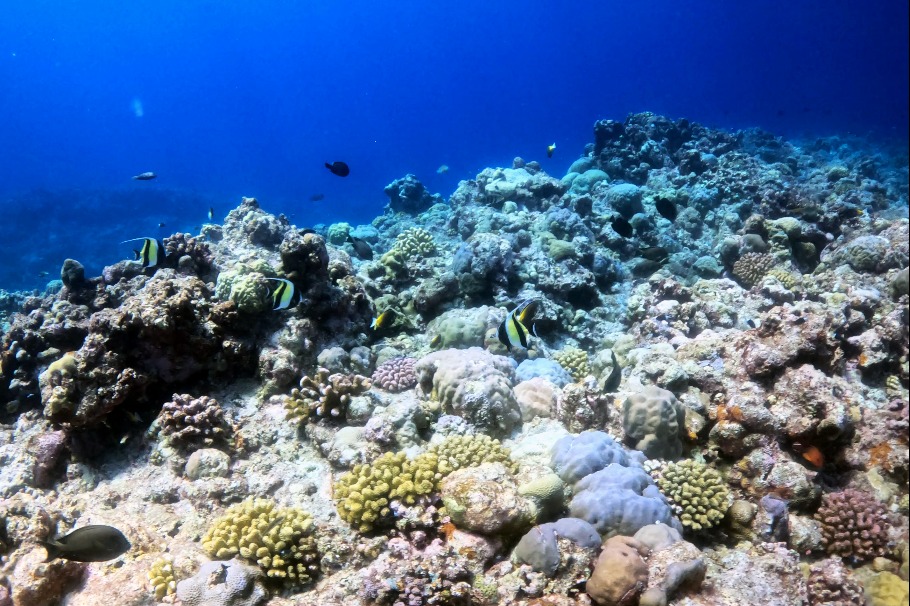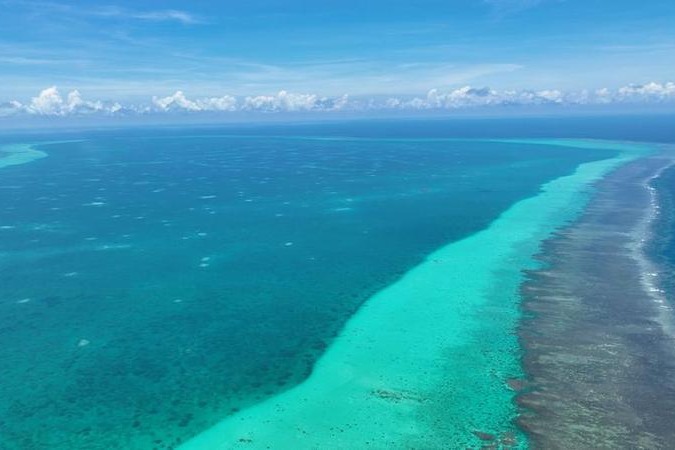China and Myanmar write a new chapter of jointly building the Belt and Road


Chinese President Xi Jinping’s state visit to Myanmar, scheduled from January 17 to 18, is expected to deepen the high-quality Belt and Road Initiative (BRI) cooperation and promote the China-Myanmar Economic Corridor (CMEC) from conceptual planning to construction.
As a landmark project between the two countries, the economic corridor is bound to form a three-pillar giant cooperation pattern, boost connectivity among large projects along the routes, and benefit both countries and peoples.
Myanmar is an important partner of China to jointly build the Belt and Road Initiative. With complementary advantages, China and Myanmar boast huge potential for cooperation. Leaders of the two countries have drawn up blueprint for the BRI construction on many bilateral and multilateral occasions.
Myanmar attaches great importance to the BRI. Many cooperative mechanisms and platforms have been established under the Initiative, such as the joint committee for Myanmar-China Economic, Trade and Technical Cooperation, the joint committee for the CMEC, and the CMEC Forum, and the Steering Committee for the Implementation of BRI, which was firstly held in February, 2019.
The 21st century is the one featuring globalization and connectivity, said Dr. Khin Maung Nyunt, Senior Research Fellow of Myanmar Development Institute (MDI),a researcher with the Myanmar Institute of Strategic and International Studies, adding that the insightful BRI proposed by China, which aims to strengthen interconnectivity, suits the trend of the world.
As a demonstration and prototype project of the BRI, the China-Myanmar oil and gas pipeline project has brought significant changes to Kyaukpyu, a town in Rakhine State, western Myanmar.
The town was only provided with electricity two or three hours every day and it was expensive for independent power producers to generate electricity, said a local working in hotel management.
With the project, about 602,700 cubic meters of gas is transported to the power plants in Kyaukpyu every day, providing electricity for the locals 24 hours each day at a much lower cost.
The China-Myanmar oil and gas pipeline project has not only enabled Myanmar to make monetary gain by exporting gas overseas, but has boosted the employment at home.
It has brought direct economic benefits of $520 million for Myanmar by November 30, 2019.
With a batch of down-to-earth projects, Chinese companies have improved the economic and social conditions for Myanmar to secure greater economic growth.
While villagers at Mon State, south Myanmar, have gained access to household appliances like refrigerators and televisions, those from over 30 villages near the Chinese-constructed Letpadaung Copper Mine have become better-off.
Myanmar has poor infrastructure, yet the development of rural areas especially depends on infrastructure construction, said Dr Nay Lin, chairman of Myanmar Alinyaung (Brightness) Foundation ( MAF).
He pointed out that many cities in Myanmar, Rangoon for one, have greatly improved the infrastructure since Myanmar became a part of the BRI construction.
More highways have been built and some projects have helped the rural residents to make more money, he noted, adding that the country has developed in the highest level with the smallest cost thanks to the BRI.
In November 2017, China proposed building the China-Myanmar Economic Corridor to form a large cooperation pattern between the two countries. One month later, leaders from the two countries reached an important consensus on building the economic corridor, from where the corridor has entered a period of fast development.
China and Myanmar signed a memorandum of understanding on building the CMEC in September 2018.
The CMEC has actually benefitted Myanmar. The country’s economic growth rate is estimated at 7 percent from the fiscal year of 2019 to 2020 as the CMEC has stimulated the transportation and tourism in Myanmar, according to a report on the income and expenditure of the country, as reported by the Burmese media.
The CMEC has not only helped the areas along the corridor to build their own industrial system, but has also boosted relevant industries such as transportation and improved the local education and science and technology, noted U Thit Linn Ohn, former Ambassador of Myanmar to China.
He added that Myanmar hopes to put into practice the cooperative projects under the CMEC to benefit the people of the two countries.


































